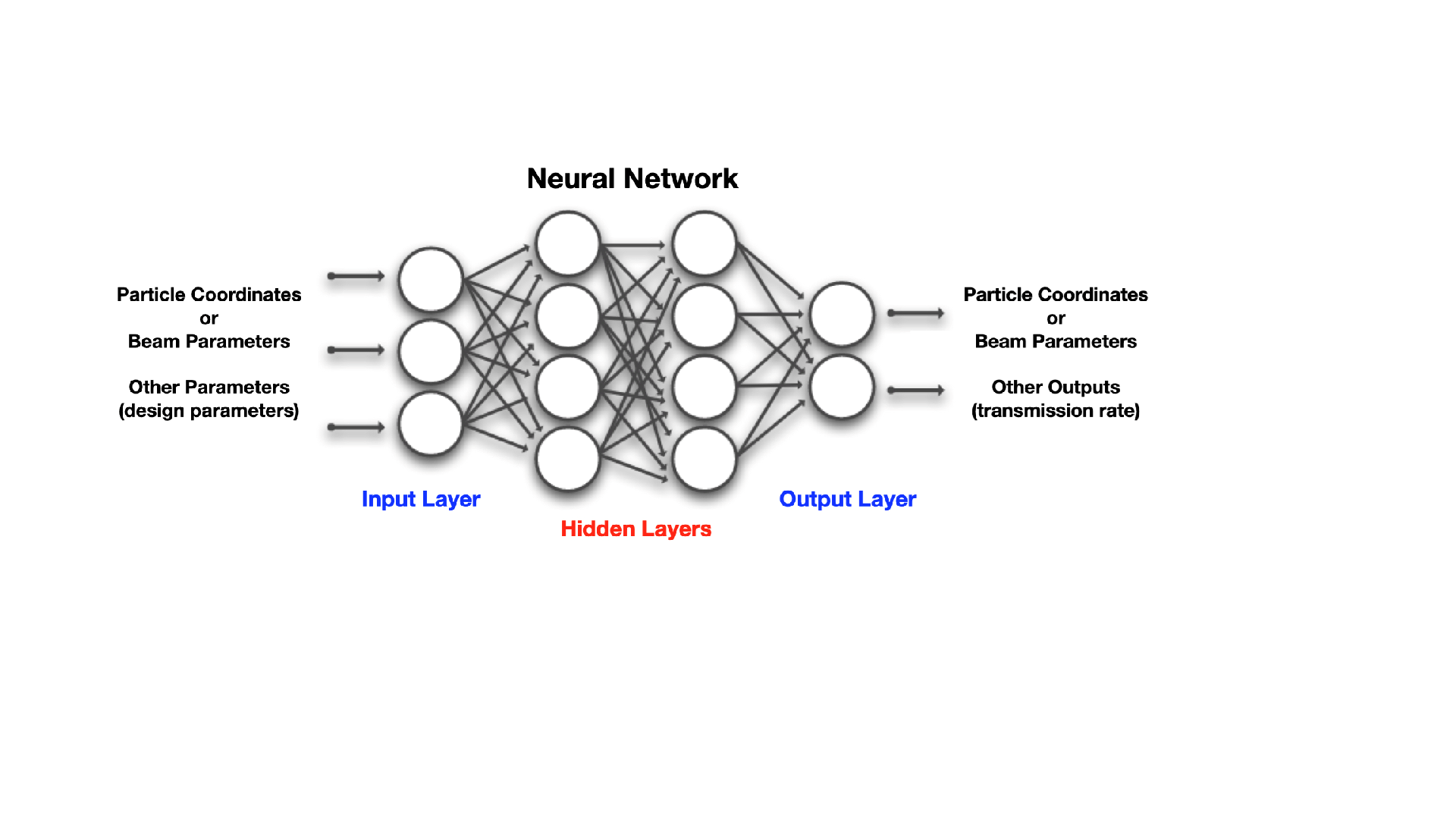Argonne scientists awarded funding to improve Argonne Tandem Linear Accelerator System.
Just like a piano, the most high-tech equipment in the world must also be tuned.
Scientists at the U.S. Department of Energy’s (DOE) Argonne National Laboratory will do just that using artificial intelligence (AI) and machine learning (ML) to better operate DOE Office of Science user facilities, starting with the Argonne Tandem Linear Accelerator System (ATLAS).
“Ideally, the virtual model will become a digital twin of the actual machine on which new tunes and virtual experiments can be tested before applying them in the real world.” — Argonne physicist Brahim Mustapha
The DOE awarded the laboratory $840,000 to carry out this research over three years: The money was part of a $37 million pledge the department made to seven national laboratories responsible for 14 projects, each of which involves large X-ray light sources, neutron scattering sources, particle accelerators and nanoscale science research centers.
The projects are supported by three program offices within DOE’s Office of Science: Basic Energy Sciences, High Energy Physics and Nuclear Physics.
ATLAS is the world’s first superconducting linear accelerator for heavy ions at energies best suited to study the properties of the nucleus, the core of matter and the fuel of stars. It can provide beams of essentially all stable isotopes from hydrogen to uranium as well as a variety of radioactive beams, low-mass beams through its in-flight production program and heavier neutron-rich isotopes from the Californium Rare Isotope Breeder Upgrade (CARIBU).
A leading facility for nuclear structure research, ATLAS operates roughly 6,000 hours per year with approximately 400 users from around the world, each of whom must compete for time at the facility. It reconfigures once or twice per week throughout its 40 weeks of operation each year.
The current startup time varies from roughly 12 to 48 hours, depending on the beam being tuned and the machine history. Beam switching and tuning time is likely to increase: The upcoming Multi-User Upgrade project, which will be implemented over the next three years, will deliver beams to two experimental stations simultaneously in an effort to meet increased demand for this sought-after site.
Argonne scientists say AI and ML will reduce the time needed to switch between experiments. Accelerator physicist Brahim Mustapha, principal investigator and team leader for the project, is elated by the opportunity to extend the time ATLAS remains in use.
“Every hour ATLAS runs brings us closer to understanding the structure of nuclei, furthering studies in energy and medicine,” Mustapha said. “And, just as important, we can use what we learn here to design better accelerators, completely automatic machines that would lose far less time to beam tuning and maintenance.”
The use of AI and ML also has the potential to improve beam quality with the installation of new diagnostics and real-time data acquisition, he said, adding that the developments proposed in this project will be beneficial to other, similar facilities and to the accelerator physics community at large.
The Argonne Wakefield Accelerator, a premier electron accelerator, is an ideal testbed for AI and machine learning techniques.
Mustapha said his project has three main objectives. The first is to collect existing machine and beam data and establish a systematic data collection — and make it useful and available for AI/ML model development.
The second is to leverage existing data to develop an initial machine tuning model to be further enhanced with new data and online data to use for feedback loops.
Finally, he said, he and his team will develop a virtual/surrogate machine model based on simulations data — and then enhance it with real data.
“As the project progresses, the gap between the real machine and the virtual model will close,” Mustapha said. “Ideally, the virtual model will become a digital twin of the actual machine on which new tunes and virtual experiments can be tested before applying them in the real world.”
Winning projects, including this one, were selected by competitive peer review under a DOE National Laboratory Announcement.
“Artificial intelligence and machine learning have the potential to transform a host of scientific disciplines and to revolutionize experimentation and operations at user facilities in the coming years,” said Dr. Chris Fall, director of DOE’s Office of Science. “These awards will help ensure America remains on the cutting edge of these critical technologies for science.”
Argonne Tandem Linac Accelerator System
This material is based upon work supported by the U.S. Department of Energy (DOE), Office of Science, Office of Nuclear Physics, under contract number DE‐AC02‐06CH11357. This research used resources of the Argonne Tandem Linac Accelerator System (ATLAS), a DOE Office of Science User Facility.
Argonne National Laboratory seeks solutions to pressing national problems in science and technology. The nation’s first national laboratory, Argonne conducts leading-edge basic and applied scientific research in virtually every scientific discipline. Argonne researchers work closely with researchers from hundreds of companies, universities, and federal, state and municipal agencies to help them solve their specific problems, advance America’s scientific leadership and prepare the nation for a better future. With employees from more than 60 nations, Argonne is managed by UChicago Argonne, LLC for the U.S. Department of Energy’s Office of Science.
The U.S. Department of Energy’s Office of Science is the single largest supporter of basic research in the physical sciences in the United States and is working to address some of the most pressing challenges of our time. For more information, visit https://energy.gov/science.
